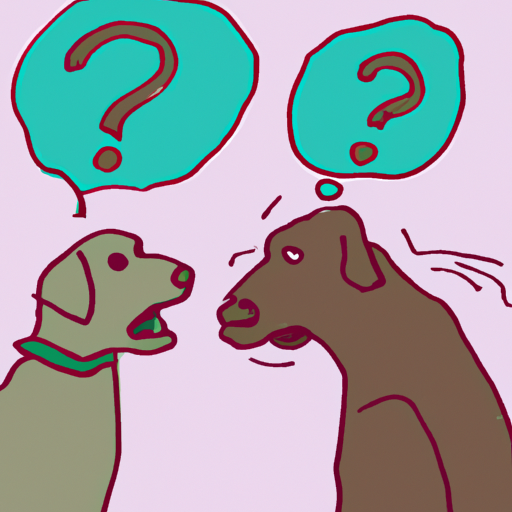1. Understanding Dog Behavior and Instincts
Although you, as a caregiver, do your best to provide a safe and secure environment for your dog, incidents of aggression can still occur. This is because dogs, despite their domestication, still carry many of the instincts their wild ancestors had. They can show dominance, protect their territory, or react to fear or stress by attacking other dogs. Understanding these behaviors can help prevent such situations.
- Territorial Instinct: Dogs are known for their strong territorial instincts. They often perceive other dogs as threats to their home or owner and respond aggressively.
- Fear and Anxiety: Dogs can attack out of fear or anxiety. If they feel cornered or threatened, they may lash out in self-defense.
- Dominance: If your dog perceives another dog as a challenge to its social status, it may attack to assert its dominance.
2. Recognizing the Warning Signs
Before an attack, dogs often exhibit certain behaviors that can serve as warning signs. As a caregiver, recognizing these signs can help you intervene before an attack occurs.
- Growling or Snarling: These are clear signals that a dog is uncomfortable and ready to defend itself.
- Rigid Body Posture: A dog that is about to attack may stiffen its body and lock its gaze on the other dog.
- Raised Hackles: This is a sign of fear, arousal, or aggression in dogs.
3. Preventing Dog Attacks
Preventing dog attacks involves a combination of understanding your dog’s behavior, providing proper training, and intervening when necessary. Here are some strategies:
- Socialization: Expose your dog to other dogs in a controlled environment to help them learn appropriate behavior.
- Training: Teach your dog to obey commands. This can give you more control in potentially dangerous situations.
- Neutering: Neutering male dogs can reduce aggression.
4. How to React During a Dog Attack
Even with the best prevention strategies, dog attacks can still occur. Here’s what to do in such a situation:
- Stay calm. Panicking can escalate the situation.
- Try to distract the dogs by making a loud noise or throwing something.
- Do NOT put your hands or any part of your body between the fighting dogs.
5. Understanding the Aftermath
After an attack, it’s essential to check both dogs for injuries and consult a vet if necessary. It might be useful to seek professional advice for dealing with behavioral issues.
Frequently Asked Questions
Q: Why is my dog suddenly aggressive towards other dogs?
A: Sudden aggression could be due to fear, frustration, pain, or health issues. Consult a vet or a professional dog behaviorist.
Q: How can I help my dog become more social?
A: Start with short, controlled encounters with other dogs. Gradually increase the length and intensity of these sessions.
Q: Is there a breed that is more likely to attack other dogs?
A: Aggression is not breed-specific. It depends more on the individual dog’s temperament, training, and environment.
Q: Should I punish my dog for attacking another dog?
A: Punishing a dog might increase fear and aggression. Instead, focus on understanding the cause of the attack and addressing it with training and behavior modification.



